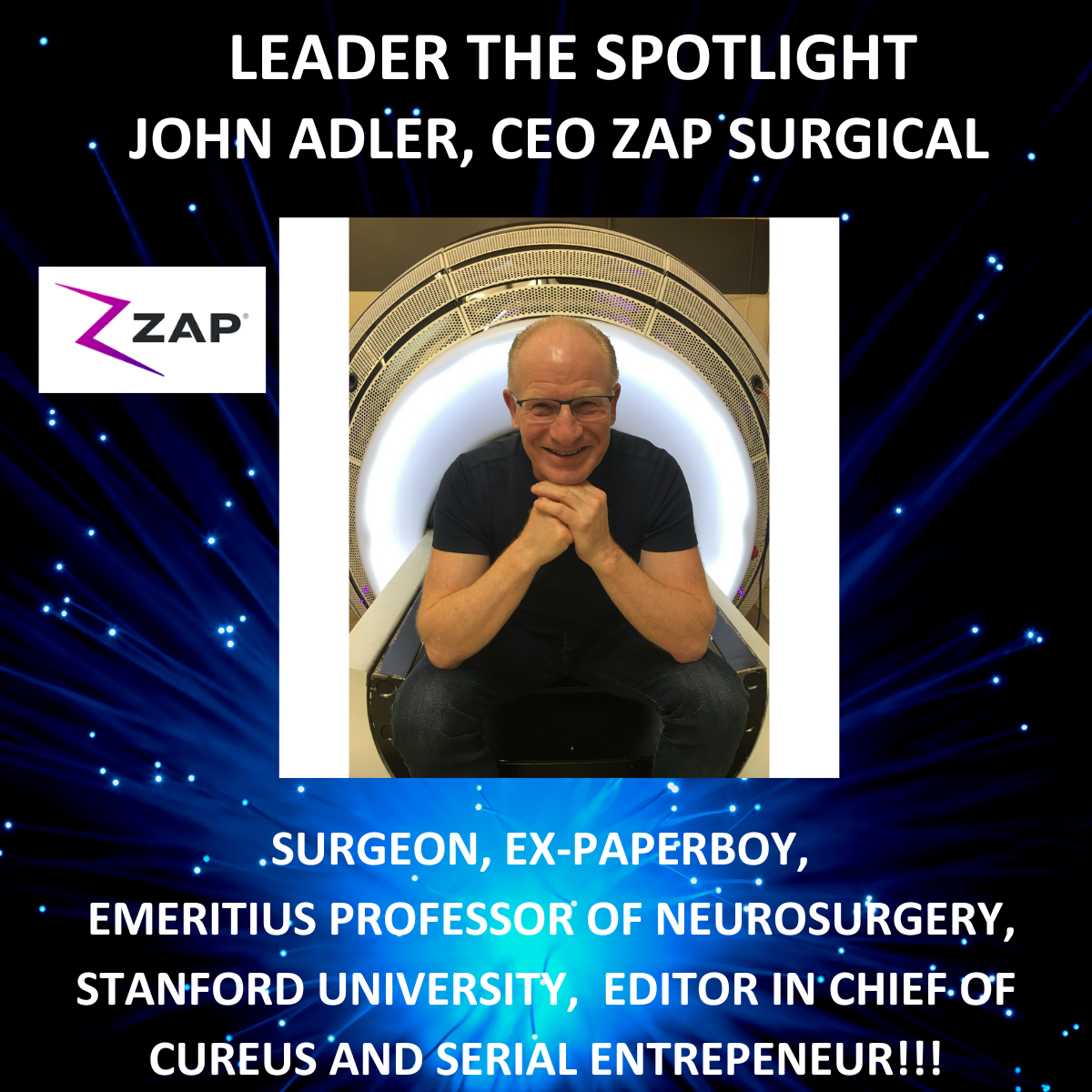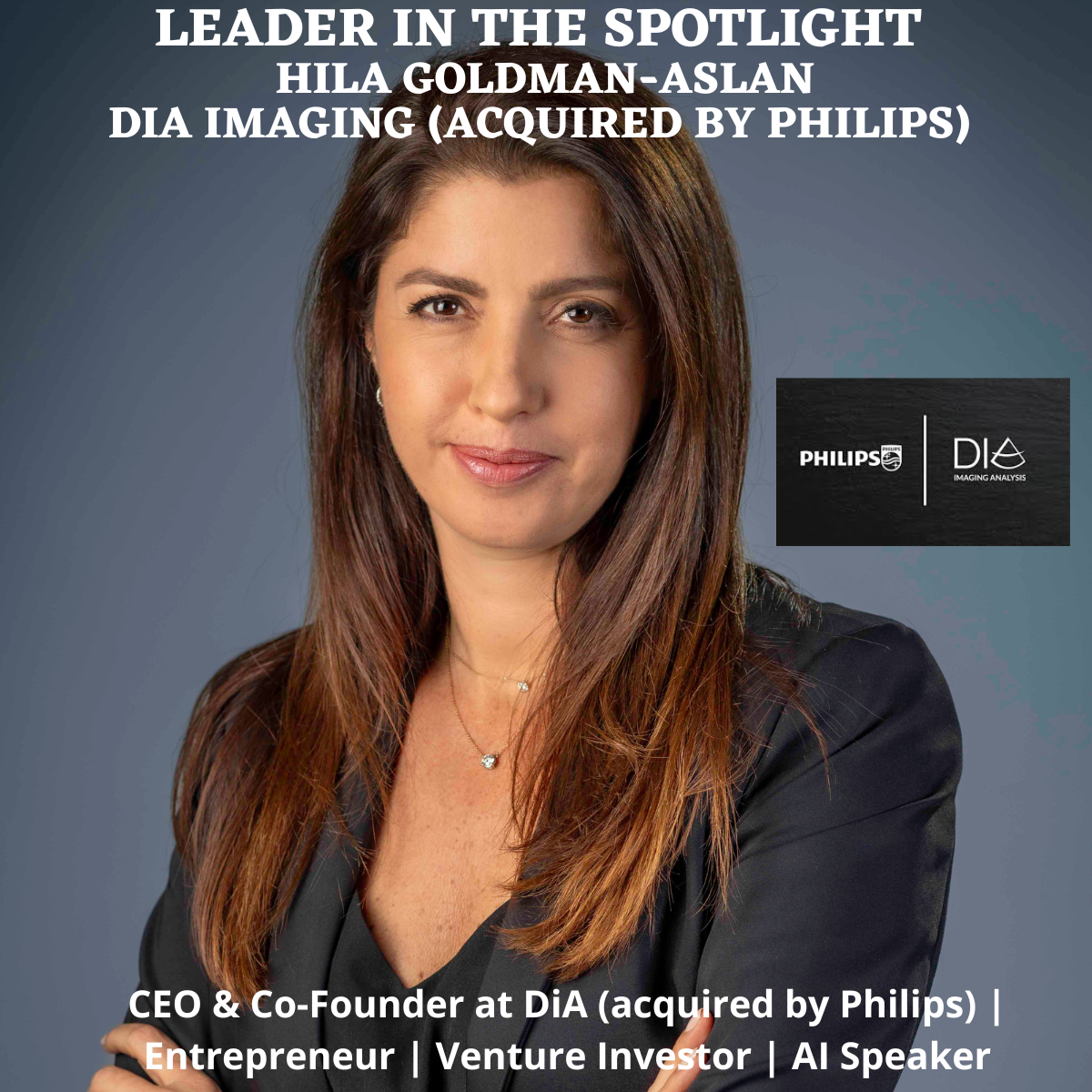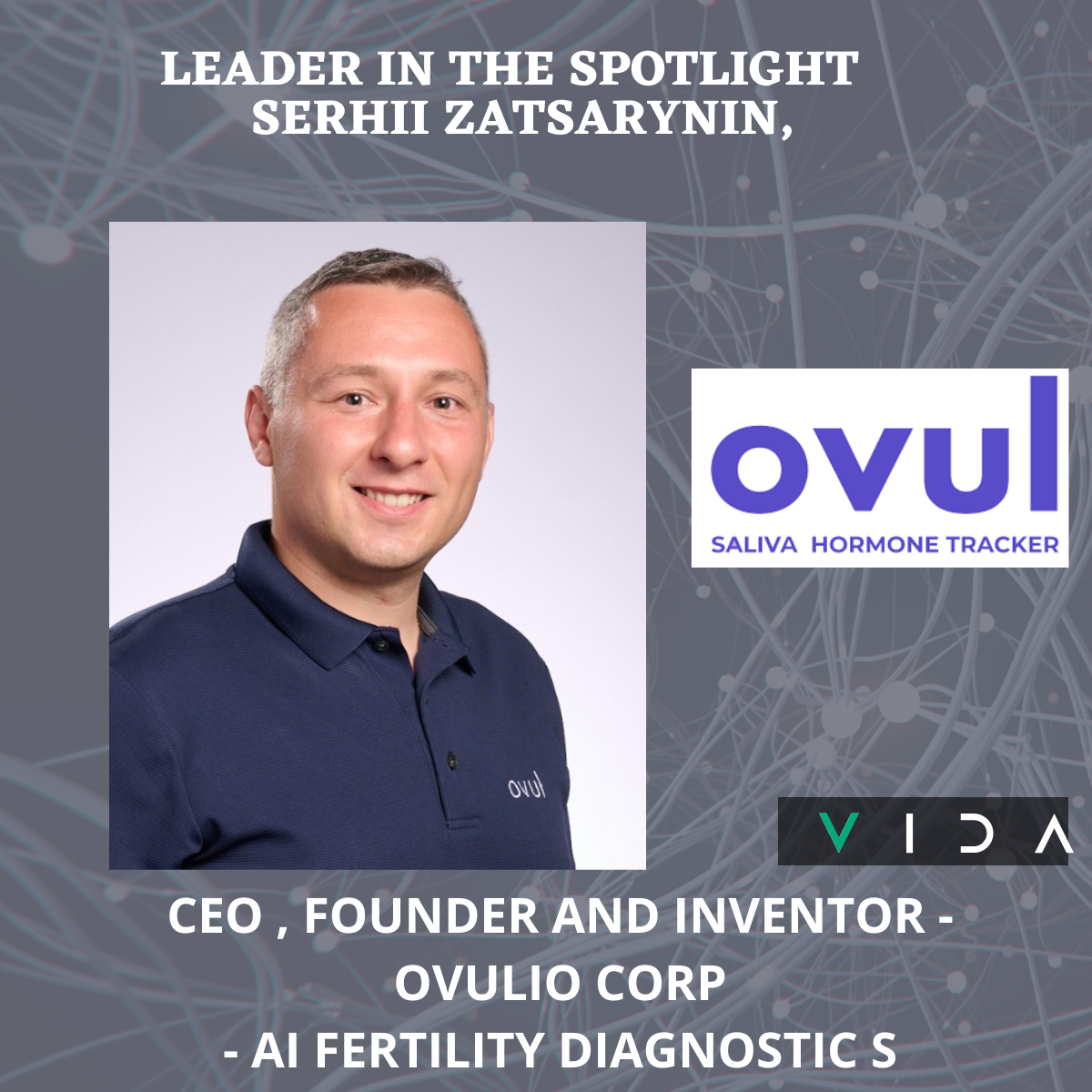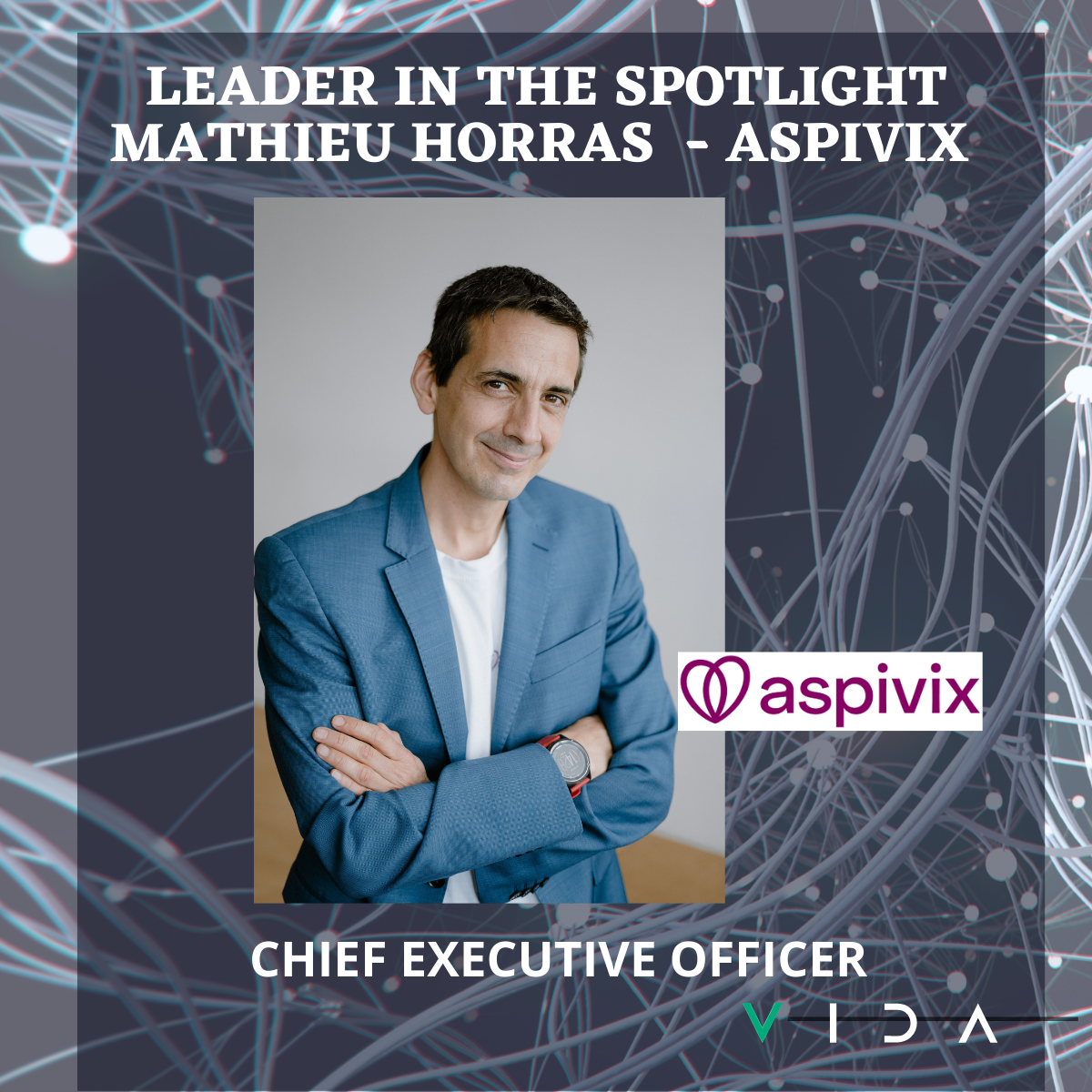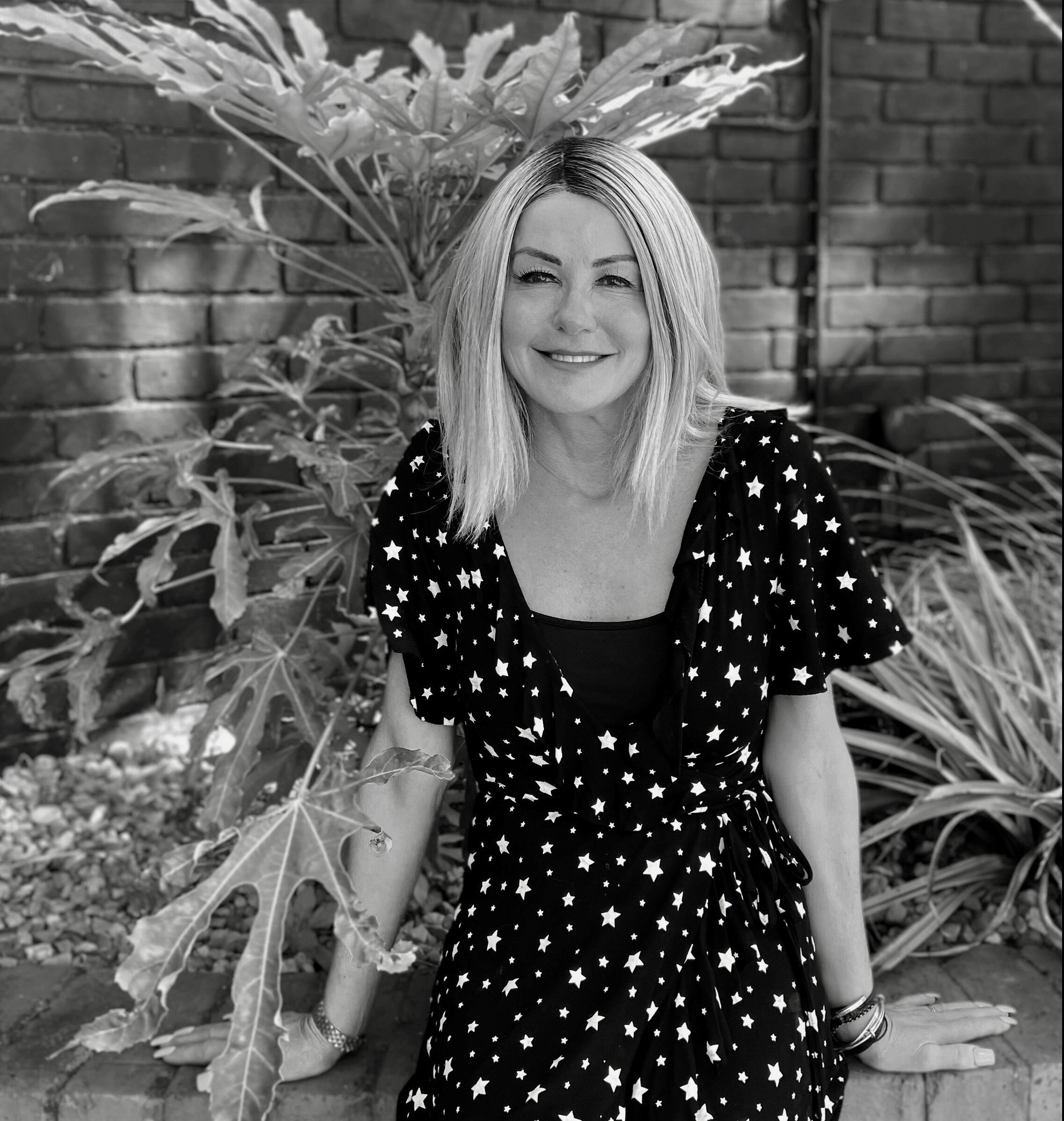
POSTED BY
Liz Moyles
I spoke with Michel as he was preparing for a nice weekend away at this chalet in The Alps- I was very jealous of the glorious scenery, sunshine and the promise of skiing which his plans involved. Mine involved waterproofs and an umbrella in Leeds, UK.
I asked Michel if I could interview him as I usually interview CEOs, C suite members of a particular company. Michel has been in MedTech many years and done a lot of roles. He is different to many of the people I have spoken to previously – he started life as a VET! (More on that soon). Mike is a self-confessed ‘naturally very curious person’ which has driven a lot of his capacity to ‘invent’. He has invented numerous products.
He has now stepped out of the more operational role of running MedTech Divisions, and R&D Teams and instead concentrates on giving back, in the capacity of being a Board Member, Board Advisor or Consultant for a number of carefully selected companies and Venture Capital companies.
Thanks for your time, Michel and I hope you all enjoy the interview!
- Michel, I happen to know that MedTech was not your first passion and in fact you graduated form a long study and qualified as a VET!!!! Very different to what you do now. So, what attracted you to being a vet and what was the reality?
Well, to be a vet was my childhood dream. As a kid, I was passionate about everything that was linked to nature: biology, animals, prehistory. As I became a teenager, I realised that what life is truly like for most vets, was quite different to what I imagined. That was the end of my dream. I really could not see myself living the life of a vet in private practice for my entire life.
- So that must have been a bit of a strange maybe even sad moment. How did you then settle on Biomedical Engineering which is what I know you did next?
Veterinary studies are pretty broad, and they meant I could open many doors. As I was passionate about anatomy and prehistory, I started a brief career as an Assistant Professor of Anatomy at a Veterinary School and in parallel started a Master in Palaeontology at the Museum of Natural History in Paris. After a few months, I again realized that it was probably a very intellectually rewarding domain but quite a dead end in term of career development. For those who have visited the Museum of Natural History in Paris, you will understand; it’s brilliant to visit but quite old and surreal, and again, at the tender age of 25, I just could not see myself walking those corridors and being in that world, however, wonderful, to consider spending its entire career there when you are 25!
As I continued to search for what I could do next, I met a Professor of Orthopedic Surgery at Saint Louis Hospital, Professor Christel. At that time , he was the President of the European Society of Biomaterials. He told me they were looking for young vets that could help them to develop experimental models to test many innovations in evaluation such as bone substitutes, various coatings, ligaments and so on. I found the idea very exciting as it meant I was not niched to being a veterinary surgeon experimenting and testing new technologies, but I was actually pushing the frontiers and becoming a full scientist in that space. This is when I started a Master in Biomedical Engineering, followed by a PhD in Biomaterials and a Board Certification in Toxicological Pathology…
- Wow, I am so pleased you found your calling eventually Michel, and that is a lesson for us all. Not to be impatient and not to put up with something because we are too afraid to change . You just kept on trying, and it seems you found your true vocation. Well done you. So , what happened next?
After my PhD Graduation, I joined a lab specialising in the Biological evaluation of Medical Devices in Lyon. This lab: Biomatech was founded a few years before by a very charismatic leader, Dr Rosy Eloy. I learned a lot during those first years. I was in charge of all advanced preclinical testing and pathological evaluation for a variety of clinical fields: from cardiovascular to orthopedics , from ophthalmology to digestive surgery and so on. It was fascinating how diverse and fast growing the Medtech Space was at this time; , we are talking here the early 90’s. This was also the booming period of Mini-Invasive interventions such as Interventional Cardiology and Laparoscopy.
- It sounds like the move to industry was positive for you then and not a disappointment. So, you then moved to Floreane Medical Implants as the GM and VP R&D. How did it feel to make, what seems to me, at least, to be such a huge change in markets and accountability?
Moving from a “tester” to a “designer” was a natural move for me. What I really had in mind, right from the beginning , when I entered industry , was to find a way to fully leverage my background in both Life and Engineering Sciences. How to develop products that could help patients was my only motivation...
- You had the first of many successes in Floreane Implants – the first IPO, the first regulatory approval for the US, the first product commercialisation and you even invented the 2 main Hernia products for the company. Tell me about those days – what are you most proud of?
It was a very exciting and dense period of my career. First visiting many general surgeons all over the world, observing their practice and understanding what the limiting factors were, which they encountered in adopting the newly booming technology, that was laparoscopy. I filed over 30 patents in less than 10 years. As usual, many were not great ideas! But two, yes 2, that’s right, have been quite successful:
The first is a Dual-Sided Mesh with a resorbable Hydrogelic barrier on one side that combines rapid tissue ingrowth on the abdominal wall side and bowel protection on the other side, allowing time for the Peritoneum to heal. That innovation has opened access to many patients suffering from ventral hernias the benefit of laparoscopy meaning faster recovery and lower risk of infection.
The second one is a self-gripping mesh that largely eliminated the need for deep fixations via sutures or tacks, limiting the risk of nerve entrapment and facilitating again, the adoption of mini-invasive approaches. Seeing these products, 20 years after their launches, still implanted in millions of patients worldwide is humbling. The other thing I am pleased about is that there are more than 300 people near Lyon, pursuing their passion of innovation and high-quality manufacturing in a World Class Innovation Centre , which I largely contributed to create from scratch. That makes me feel that I have not totally wasted my time over the years.
- Ha ha, Michel. Hardly. I’m amazed you achieve that , and we aren’t even speaking about the things you have also done. It is honestly humbling to speak with you about your career. I never knew you had achieved so much. What was it like to be contacted by Tyco Healthcare , and in fact many others who wanted to acquire the company, and what happened next?
Well, when we launched ourselves, via a small subsidiary I created for that purpose, the composite mesh for ventral hernia repair in the US, rapidly became a curiosity and attraction. The differentiation was so obvious and the performance so promising that rapidly many KOLs reported their interest in this technology, which dramatically raised its visibility to investors and acquirers.
After a couple of years, we had succeeded in taking roughly 10% of the US market with very limited commercial capacity and then the big players started to engage in conversations with us. We resisted politely at the beginning, but rapidly understood that it would become very difficult to pursue our growth trajectory worldwide without a strong commercial partner. Tyco Healthcare was the ideal partner for us at that time. They were a leader in laparoscopy but without a state-of-the-art mesh portfolio. Our respective portfolios were highly synergistic, and I got the guarantee that the heart of innovation and manufacturing would be maintained in Lyon. Initially I intended to stay with Tyco , such a big organization for only a couple of years, to make sure that the integration was successful. And in the end , I stayed 12 years, seeing Tyco Healthcare become Covidien and then Medtronic. During that time, I held various roles and various responsibilities across R&D and business management but always with the focus and passion of innovating to improve patient outcomes.
- I imagine initially it must have been difficult to see your company being integrated but it sounds like on this occasion the culture and vision was a good fit for you. I am so pleased. Would I be right to describe you as a ‘very curious avid inventor’ of Medical Devices?
Yes, you would; that’s right. Curiosity, passion and compassion have always been strong values behind my engagement and leveraging technology for the benefit of human health has always been my main driver.
- After many years at Medtronic, you moved to Siemens as the President of Advanced Therapies. What did you know about this market before entering it?
Not a lot to be honest. However, part of my last role at Medtronic was to define the strategy of the company for General Surgery and in particular for upper GI surgery meaning liver, gastric and pancreatic cancer surgery. It became pretty obvious to me that the next future round of innovation would come not only from miniaturisation and more sophisticated instruments but also and probably, mainly, from Image Guiding tools.
Life is often a question of timing, and this is exactly when an executive head-hunter like you, Liz, contacted me on behalf of Siemens Healthineers. The company was looking to reinforce and diversify their leadership in preparation of the spinout from Siemens. I agreed to meet the CEO, Bernd Montag. I asked him upfront if he was somehow misinformed about my experience and background, as I was absolutely not an imaging expert. To this day, I can clearly remember his answer. He looked at me through his little glasses, standing over me, towering over me in fact because he is over 2metres in height (he was a former pro in basketball while being a PhD in theoretical physics!) . He said to me “Michel, I have tonnes of PhDs in Physics but few who can speak the language of so many different types of clinicians that we want to address beyond the radiologists”………………….… and that was the start of 4 exciting years.
- I know you loved that role, why?
I did. That’s right. Well, the energy in the company was amazing, a brand-new multi-billion dollar “start-up” building its future on over more than a century of very innovative history. A radical change in culture for me as well: Siemens Healthineers was a very “German engineering” organisation and it was also a fundamental repositioning from a business standpoint: it went from deep in one clinical specialty to a provider of interventional imaging tools for multiple clinical specialties.
I enjoyed working with the team there. They were very open minded. Together we re-oriented the focus from an imaging modality perspective to a more clinical oriented mindset to offer differentiated solutions for Interventional Oncology, Cardiology, Neurology etc. I also had the opportunity to be very involved in the successive acquisitions of Corindus and Varian which were two transformative acquisitions for Siemens Healthineers. It is clear to me that Image Guidance, Robotics and Therapy delivery will be more and more integrated in the future.
- So, what was it that made you decide to hang up your corporate career and settle into roles of Advisor, Consultant and Chairman. How is this different to being the CEO?
Well, post Covid, I was just turning 60. I had been commuting back and forth for 4 years to and from Germany and France, and I think I realised it was time for me to think about what the next stage of my career would be.
I love teaching, coaching, mentoring, advising and don’t forget, I started my career as an anatomy teacher at the vet school! So, I thought it would be like closing the loop if I could help young and talented management teams to develop their programs.
- That is so powerful Michel and so valuable. Thank you. What advice have you for anyone entering a career as a Board Advisor/ Chairman - how can they move into this space?
When you are an executive in a start-up, you’re often totally absorbed by daily operations and execution, from a technical milestone to the next one, always looking for funding. You’re sometimes at risk of missing or forgetting the big picture. A Board advisor with broad industry experience should help the management to de-zoom and keep in mind what ultimately will make the company successful: what problem are you solving, how differentiated will your solution be, how do you demonstrate your value proposition etc…
- You are now a mentor / advisor to companies like Ganymed Robotics, Tissium, Caranx Medical, Affluent Medial, SafeHeal, KeraNova, BetaGlue, Artedrone. How do you balance all this, and how do you elect which companies you want to be involved with?
It’s always a question of fit with the management team first and then with the CEO in particular but also with the technology. I’m very focused on technologies that can democratize access to care, reduce inter-operator variability and push the limits of what can be done mini-invasively. In that respect , you will notice that the common denominator for all the companies you mentioned that I support , is that they are either robotics focused or next generation mini-invasive implants.
- I too love those spaces as you know Michel. You obviously give others a lot of support . Tell me, who has played a particularly key role in your career / work life- a mentor?
I have already mentioned two names earlier in our conversation, Pascal Christel who opened my interest to the Med Tech space, Rosy Eloy who gave me the transversal curiosity beyond orthopedics and I would add one name: Paul Hermes, my first boss, and a lifelong friend, from Tyco Healthcare. I would not have stayed there without his support and mentoring.
- I can’t believe I am asking this, but I will. Do you have any further ambitions?
Yes, I want to see the wonderful companies I support succeed in achieving their full potential.
- What advice would you give to anyone looking to any founders /inventors out there in MedTech?
Medtech is a combination of Life and Engineering Sciences. Many universities and engineering schools have now understood that and cultivate that culture in their labs and courses. There are plenty of ideas carried by young talents there. They just need support to bring their ideas to reality. It’s a fascinating space and it will remain like that for decades as the growing needs and the shortage of clinical staff is a problem which is not coming to an end anytime soon.
- Finally, Michel, I don’t know if you get much spare time
